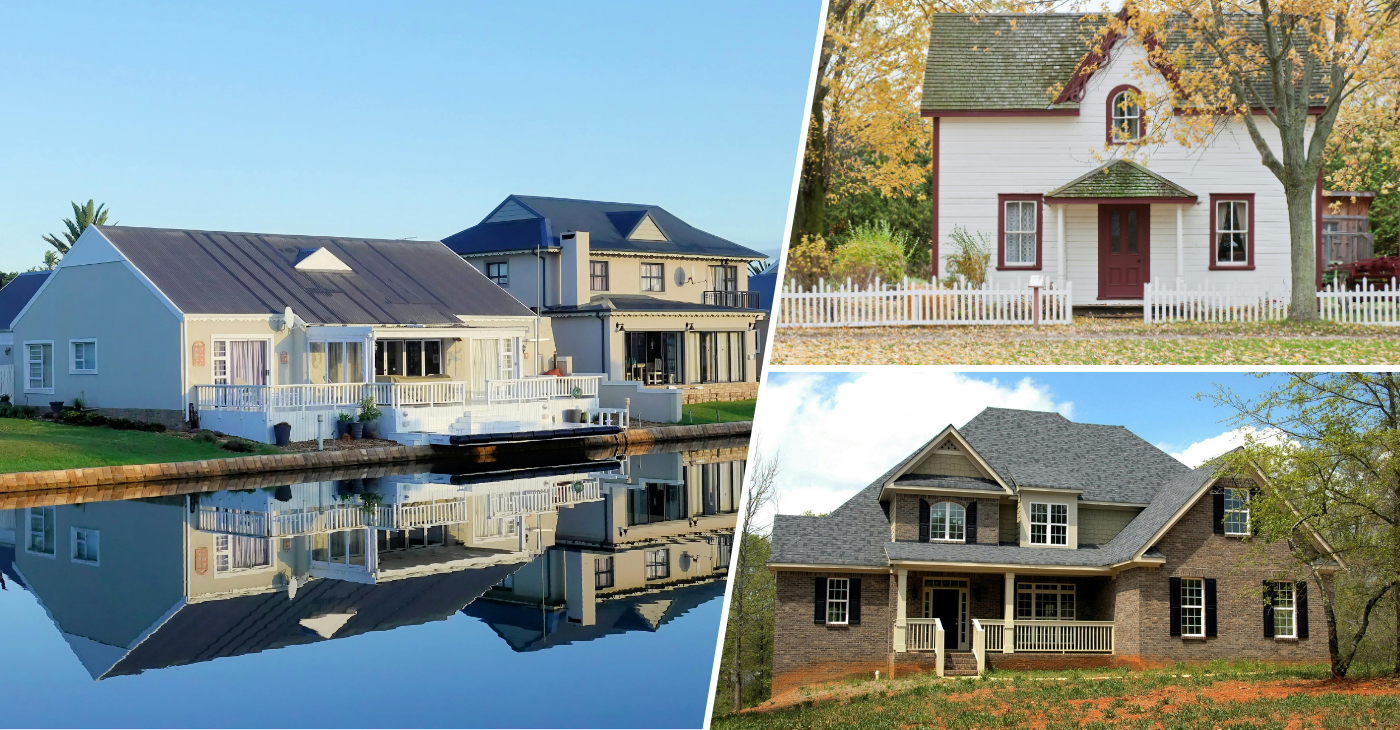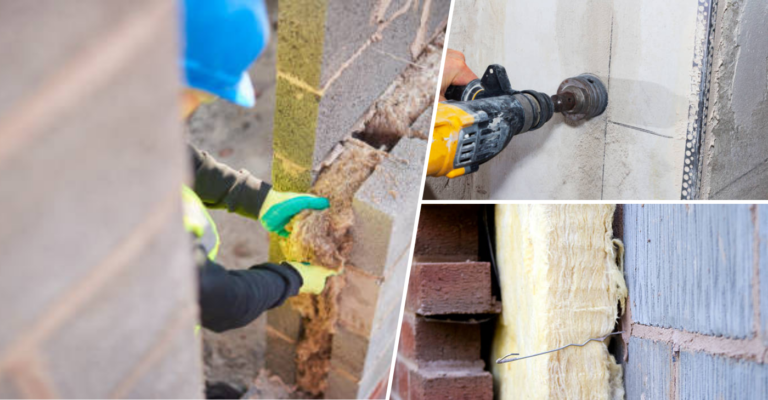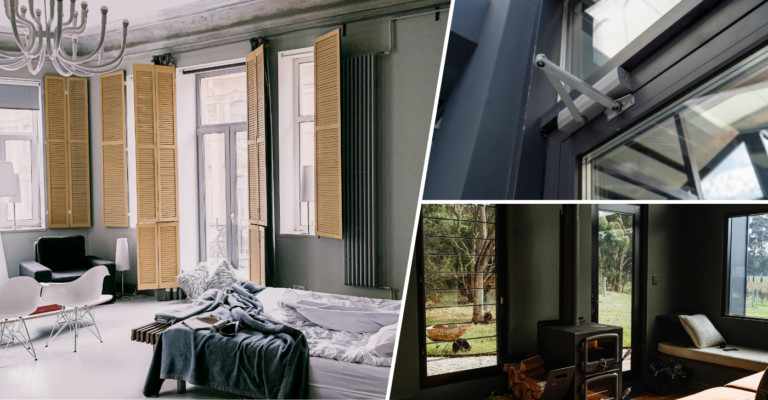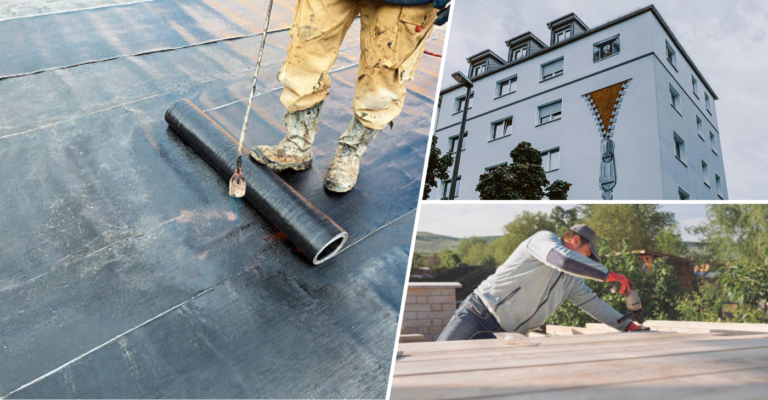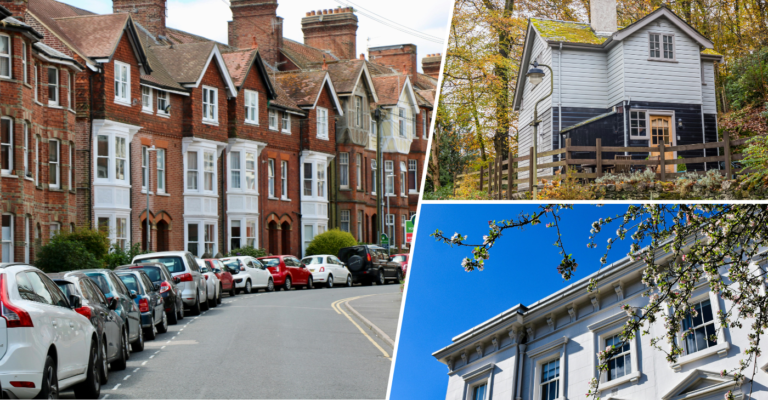How high is a house in the UK? Understanding UK building height standards
How high is a house in the UK?” is a common question for anyone considering building or buying a property. In the UK, building a house involves more than just deciding on the design and layout. The height of the structure is a crucial factor. Whether you’re constructing a new home, planning an extension, or simply curious, understanding height regulations is vital. This article explores the average house heights in the UK, the factors that influence these heights, the legal standards in place, and why building height matters.
What’s the average house height in the UK?
The answer to “How high is a house in the UK?” varies, but average heights are typically between 7.5 to 8.5 metres for a two-storey house. However, here’s a general overview:
- Single-storey houses (Bungalows) – Bungalows typically range between 4 to 5 metres (13 to 16 feet) in height. This measurement includes both the foundation and the roof.
- Two-storey houses – The average height for a two-storey house is usually between 7.5 to 8.5 metres (24 to 28 feet). This figure accounts for the ground floor, the first floor, and the roof structure.
- Three-storey houses – Three-storey houses, common in urban areas, typically stand between 10.5 to 12 metres (34 to 39 feet) tall. The additional floor adds significant height, making these houses prominent in dense neighbourhoods.
Factors influencing house height
How high is a house in the UK? It depends on several factors determine the height of a house. These include architectural design, roof type, building regulations, and planning permissions.
-
Architectural style
- How high is a house in the UK? is influenced by architectural style, with traditional homes often standing taller than modern designs. The style of a house heavily influences its height. Traditional homes, like Victorian and Georgian designs, often have higher ceilings. This architectural choice makes them taller overall. These homes were designed with grandeur in mind, featuring intricate roof designs and ornamental details that add to their height.
- On the other hand, modern homes are typically more compact. They often have lower ceilings and simpler rooflines. This trend is driven by a focus on energy efficiency and minimalist design, resulting in shorter, more sustainable homes.
-
Roof type
- The type of roof plays a significant role in determining the overall height of a house. Pitched roofs, which are common in the UK, add height, especially if they are steep. The steeper the pitch, the higher the roof ridge, which increases the building’s height. Flat roofs, often seen in contemporary designs, result in a lower overall height. They may be easier to maintain, but they also require effective waterproofing. Mansard roofs, with their double-pitched design, not only add height but also provide extra living space in the attic.
-
Building regulations
- UK building regulations set minimum ceiling heights for habitable rooms, typically around 2.4 metres (7.9 feet). This standard ensures that living spaces are comfortable and well-ventilated. Each additional storey adds to the building’s overall height. These regulations also ensure that taller buildings meet safety standards, including fire safety and structural integrity.
-
Planning permission
- Planning permission may be required depending on “How high is a house in the UK?” especially in conservation areas. Local planning authorities enforce height restrictions to ensure that new developments are in harmony with their surroundings. For instance, a proposed building that overshadows a neighbour’s property may face height restrictions or require design changes. In some cases, planning permission is needed to exceed specific height limits. This is particularly true in conservation areas or places with strict development guidelines. The approval process can involve public consultations to assess the impact of the building’s height on the local environment.
-
Loft conversions and extensions
- Loft conversions and extensions are popular ways to add space to a home. However, they can also increase the height of the building. Raising the roof for a loft conversion naturally adds height. Similarly, adding a two-storey extension increases the overall height and volume of the property. Many homeowners wonder, “How high is a house in the UK?” when planning extensions or loft conversions. Such modifications often require planning permission, especially if they exceed the limits set by permitted development rights. Homeowners must consider how these changes might affect their neighbours and the overall look of the property.

UK building height regulations
Understanding the regulations that govern building heights in the UK is crucial for homeowners and developers. However, “How high is a house in the UK?” also takes into account regulations that ensure safety and structural integrity. These regulations ensure safety, maintain the character of neighbourhoods, and protect the rights of neighbouring property owners.
- Permitted development rights
- Permitted development rights allow certain building works without the need for full planning permission. However, these rights come with strict height limits. For instance, a single-storey rear extension cannot exceed 4 metres (13 feet) in height. If the extension is within 2 metres of the property boundary, the height limit drops to 3 metres (10 feet). Two-storey rear extensions are generally limited to a maximum height of 7 metres (23 feet).
- Height restrictions in conservation areas
- Conservation areas have stricter controls to protect the historical and architectural significance of specific regions. Changes to the height of a property in these areas usually require full planning permission. Homeowners must ensure that any modifications are in keeping with the area’s historical context and do not detract from its overall appearance.
- Building regulations
- The Building Regulations 2010 outline specific requirements for building safety, including those related to height. For example, there are minimum standards for ceiling heights to ensure that rooms are safe and comfortable. These regulations also cover structural integrity, fire safety, and accessibility. Taller buildings, particularly those with three or more storeys, must meet stringent safety standards, including providing safe escape routes in case of fire.
- Local development plans:
- Local councils in the UK have development plans that specify acceptable building heights within their areas. These plans consider factors like the density of the area, existing building heights, and the potential impact of new developments on the local environment. Developers and homeowners must adhere to these guidelines to gain approval for new constructions or major alterations.

Practical implications of building height
The height of a house is not just about how it looks. It has practical implications that can affect the property’s value and the quality of life for its occupants.
-
Sunlight and natural light
- Taller buildings can cast shadows that block sunlight from reaching neighbouring properties. This can reduce the amount of natural light available to those properties, affecting the well-being of the occupants. Conversely, a house designed to maximise its height can enhance natural light within the home. This can make living spaces feel more open and reduce the need for artificial lighting.
-
Privacy
- The height of a house can impact privacy. Tall buildings may overlook adjacent properties, leading to concerns about privacy. Local planning authorities often consider privacy issues when assessing applications for taller buildings or extensions. Thoughtful design, such as strategic window placement and using screening elements like trees or fences, can help maintain privacy.
-
Views and aesthetics
- “How high is a house in the UK?” is a factor that can impact not just the aesthetics but also the functionality of the home. In areas with scenic views, the height of a house can significantly affect its desirability and value. Homebuyers often seek properties with unobstructed views, and a taller building may offer better sightlines. However, the height of a building must be balanced with the aesthetics of the surrounding area. A house that is much taller than its neighbours might stand out in a way that detracts from the overall look of the street or neighbourhood.
-
Structural integrity
- Taller buildings require robust construction to ensure stability and safety. This includes stronger foundations, reinforced walls, and additional support structures to withstand environmental factors like wind or seismic activity. UK building regulations ensure that houses in the UK are built to withstand these forces, protecting the safety of occupants and the longevity of the building.
Summary to get understanding the height of houses in the UK
Understanding “How high is a house in the UK?” can help in choosing the right plot for a new build. It involves considering architectural design, local regulations, and practical needs. Whether you’re building a new home, planning an extension, or simply curious about the height of houses in your area, being aware of the standards and regulations that govern building heights in the UK is essential. Navigating these rules can be complex, but doing so ensures that your home complies with legal requirements, harmonises with its surroundings, and enhances your living experience. A well-designed home that meets height regulations can also retain its value in the competitive UK housing market. By understanding the factors that influence house height and the regulations that govern it, you can make informed decisions that benefit both you and your community.

